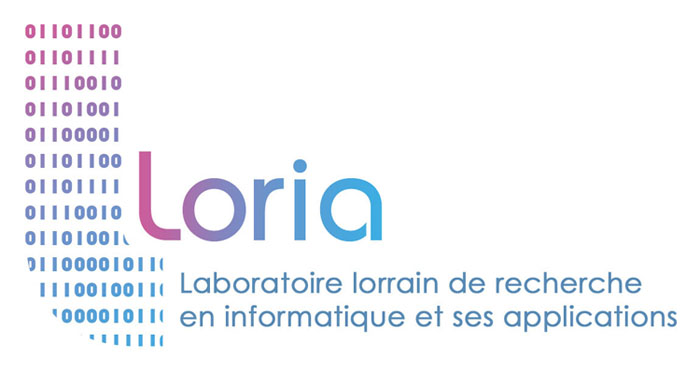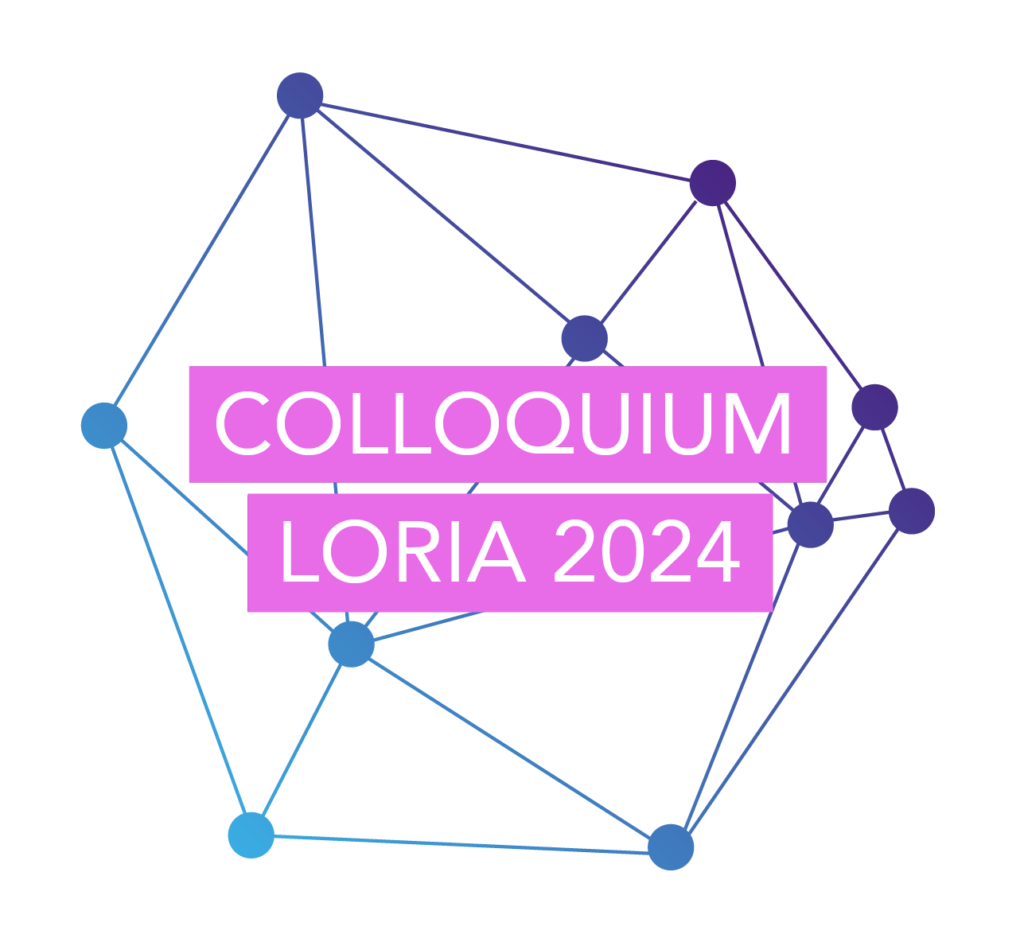[PhD 2023] Modeling social interaction in human-robot joint action from a bio-inspired approach
Thesis director :
Laure Buhry (MCF-HDR– LORIA)
Co-supervision :
Hendry F. Chame (MCF– LORIA)
Keys dates :
Deadline for applications (at 23h59) : 13 juin 2023
Start date of thesis : 1st October
Keywords.
Human-robot interaction, Joint Action, Joint Attention, Bio-inspired modeling, Neural robotics, Social cognition.
Context and state of the art
Social robotics is a multidisciplinary research field interested in studying the interaction of robots at the social level. In recent decades, research on human-robot interactions (HRI) has been accompanied by the design of robots that are increasingly more capable at engaging in joint actions with humans. However, these advances have also encountered significant challenges in ensuring smooth interactions and maintaining human engagement (Belhassein et al. (2022)). From the perspective of research in 4E cognition (Newen et al. (2018)). Notably, inspired by interaction theory (Gallagher (2008)), one aspect in which this project is interested is the modeling of direct and intuitive HRI situations. These are for instance situations characterized by an exchange based on a set of primary cognitive skills (e.g. gaze tracking, imitation, attentional sharing), of which verbal communication, although possible, remains less of a priority. In particular, this project is interested in the study of Joint Action in IHR, considered according to Fiebich and Gallagher (2013) as a complex form of social interaction, characterized by the following three elements: a) a shared intention (i.e. aiming for a common goal), b) common knowledge of aiming for the same goal, and c) participation in cooperative patterns of behavior, where motivational aspects and joint attentional processes are of extreme importance. In the field of HRI, Vesper et al. (2010) proposed a minimal and modular architectural description of the types of dedicated processes enabling Joint Action. This research project focuses on the integration between architectural modeling and the study of interaction as a dynamical system, capable of adequately representing the rhythmic aspect (e.g. synchronization) of behavior and brain activity of the human in correspondence to the internal state and actions of the robot. This possibility of integration will be pursued from the perspective of free energy principle theory through the concept of active inference (Friston et al. (2013), Allen and Friston (2018)).
Relevance, originality and objectives
This research project aims at studying the dynamics of Joint Action (JA) in human-robot interaction (HRI) through mathematical modeling, simulations, multi-scale signal processing and prototyping human-robot interaction experiments. Therefore, the main objective of the project is the proposal of a mathematical model allowing to represent and track in real time JA. The resulting model could contribute, on the one hand, to the development of diagnostic methods intended to estimate the quality of interaction in HRI. On the other hand, given the level of interaction activity envisaged (i.e. intuitive interaction between the human and the robot), this project could contribute to the development of methods intended to study social cognition in several psychological conditions (e.g. autism spectrum disorder, cognitive rehabilitation condition, or psychopathological conditions such as schizophrenia).
Methodology
Definition of the interaction activity. Based on the literature, the first step will consist in proposing a situation of intuitive human-robot interaction, including an activity having the potential to incite Joint Action between the partners. Ideally, this activity will take the form of a fun game, capable of inducing human engagement. Bio-inspired mathematical modeling. The second step will aim at the construction of the real-time interaction model from the definition of the data model. The model proposition will be bio-inspired (e.g. continuous attractor neural network models are inspired by the theory of dynamic neural fields, Amari (1977)). Following this approach, previous work has considered two aspects directly related to the problem under study, such as the modeling of Joint Attention for several interacting individuals (Chame et at. (2023)) and the modeling of the motivational state in human-system interaction, according to self-determination theory (Chame et al. (2019)). Other works could inspire the modeling phase, such as the concept of active inference from free energy principle theory (e.g. Chame and Tani (2020), Chame et al. (2020)).
Experiment prototyping. In order to provide data to the interaction model, the project will rely on tracking electrophysiological (e.g. electroencephalogram) and behavioral (e.g. monitoring of position, direction of gaze) data, as well as data captured from the robot (its internal state from proprioceptive and exteroceptive sensors). Due to technological constraints, the interaction prototype will probably consist of a distributed system, whose data capture must be clock synchronized. Thus, the system will be implemented in the Robot Operating System (ROS) middleware, programmed in Python or C++.
Supervision and collaborations
The thesis will take place at LORIA (Neurorhythms team). A collaboration with Dr Rachid Alami, member of LAAS-CNRS (RobotS and InteractionS- RIS) is expected for the experimental phase. The expertise of LORIA will be particularly required for the modeling and simulation aspects, inparticular for the modeling of the biologically inspired interaction. While the expertise of LAAS-CNRS will be requested in the experimental phase.
References
Amari, S. I. (1977). Dynamics of pattern formation in lateral-inhibition type neural fields. Biological cybernetics, 27(2), 77-87. Allen, M., & Friston, K. J. (2018). From cognitivism to autopoiesis: towards a computational framework for the embodied mind. Synthese, 195(6), 2459-2482. Belhassein, K., Fernández-Castro, V., Mayima, A., Clodic, A., Pacherie, E., Guidetti, M., Alami, R., and Cochet, H. (2022). Addressing joint action challenges in HRI: Insights from psychology and philosophy. Acta Psychologica, 222, 103476. Chame, H. F., Mota, F. P., & da Costa Botelho, S. S. (2019). A dynamic computational model of motivation based on self-determination theory and CANN. Information Sciences, 476, 319-336. Chame, H. F., & Tani, J. (2020, May). Cognitive and motor compliance in intentional human-robot interaction. In 2020 IEEE International Conference on Robotics and Automation (ICRA) (pp. 11291-11297). IEEE. Chame, H. F., Ahmadi, A., & Tani, J. (2020). A hybrid human-neurorobotics approach to primary intersubjectivity via active inference. Frontiers in Psychology, 11, 584869. Chame, H. F., Clodic, A., & Alami, R. (2023, May). TOP-JAM: A bio-inspired topology-based model of joint attention for human-robot interaction. In 2023 IEEE International Conference on Robotics and Automation (ICRA). Fiebich, A., & Gallagher, S. (2013). Joint attention in joint action. Philosophical Psychology, 26(4), 571-587. Friston, K., Schwartenbeck, P., FitzGerald, T., Moutoussis, M., Behrens, T., & Dolan, R. J. (2013). The anatomy of choice: active inference and agency. Frontiers in human neuroscience, 7, 598. Gallagher, S. (2008). “Understanding others: embodied social cognition,” in Handbook of Cognitive Science, eds P. Calvo and A. Gomila (San Diego, CA; Oxford; Amsterdam: Elsevier), 437–452. Newen, A., Bruin, L., and Gallagher, S. (2018). “4E cognition: historical roots, key concepts and central issues,” in The Oxford Handbook of 4E Cognition, eds A. Newen, S. Gallagher, and L. de Bruin (Oxford: Oxford University Press), 3–15. Vesper, C., Butterfill, S., Knoblich, G., & Sebanz, N. (2010). A minimal architecture for joint action. Neural Networks, 23(8-9), 998-1003.


